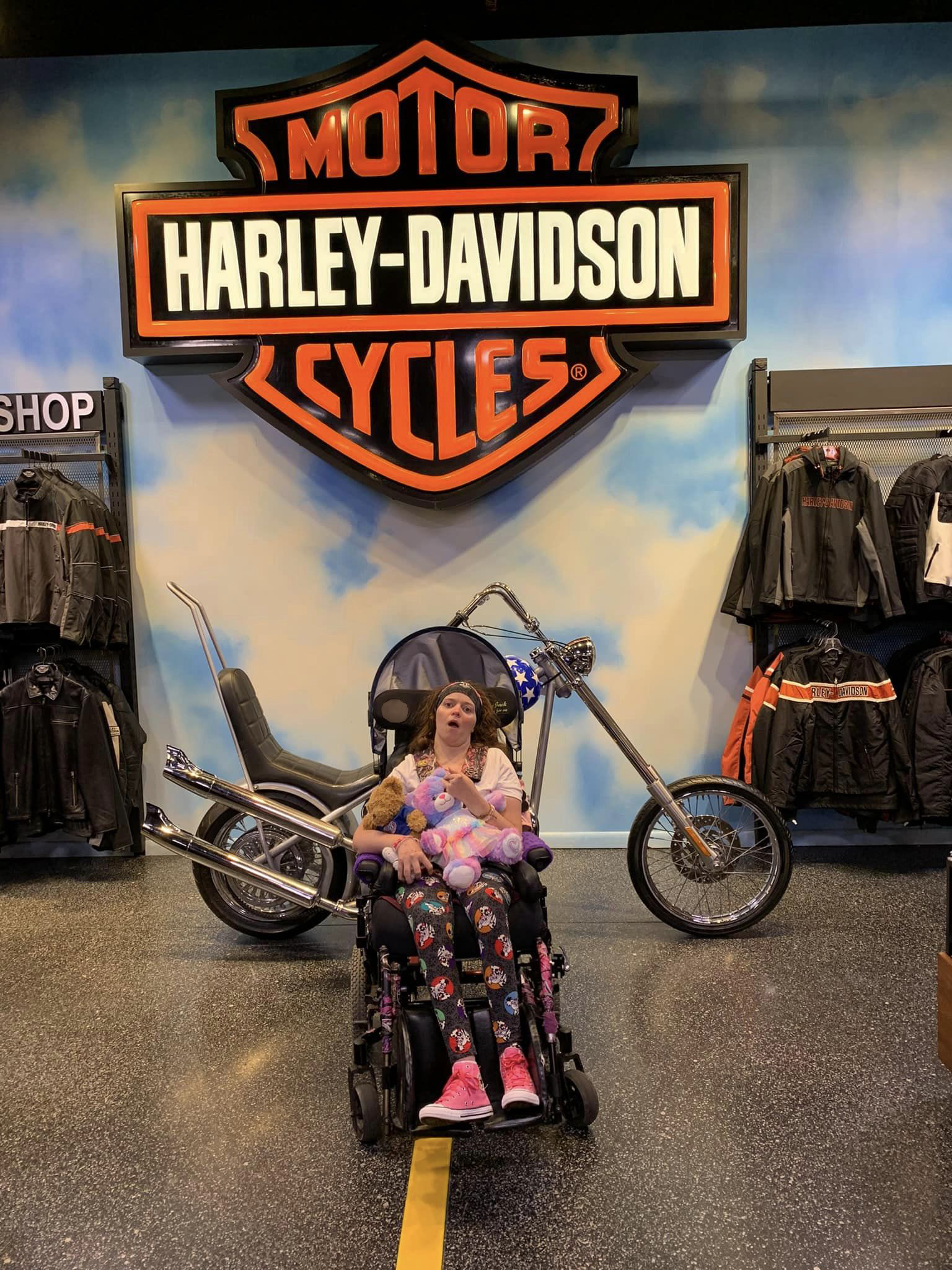
Jessie Jackson
Living with Juvenile GM1 Gangliosidosis: Squeezing Every Last Drop Out of Life
Jessie Jackson
Living with Juvenile GM1 Gangliosidosis: Squeezing every last drop out of life
Welcome to Jessieville
Jessie Jackson has squeezed several lifetimes worth of adventure in her 31 years. She’s toured in an airplane, been to four Broadway shows, ridden a Harley, gone river rafting, seen the ocean, visited Disney World, fed giraffes, and been up in a hot air balloon.
She loves motorcycles and has made many friends in the biker community. They smile and wave when they see Jessie at rides and rallies—her curly brown hair often tamed by a bright bandana, her wheelchair studded with patches and colorful stickers.
Jessie lives with her parents, Merlie and David, in an accessible, single-story home in North Carolina they affectionately call “Jessieville.” You’ll know you’re at the right place when you spot the purple mailbox out front.


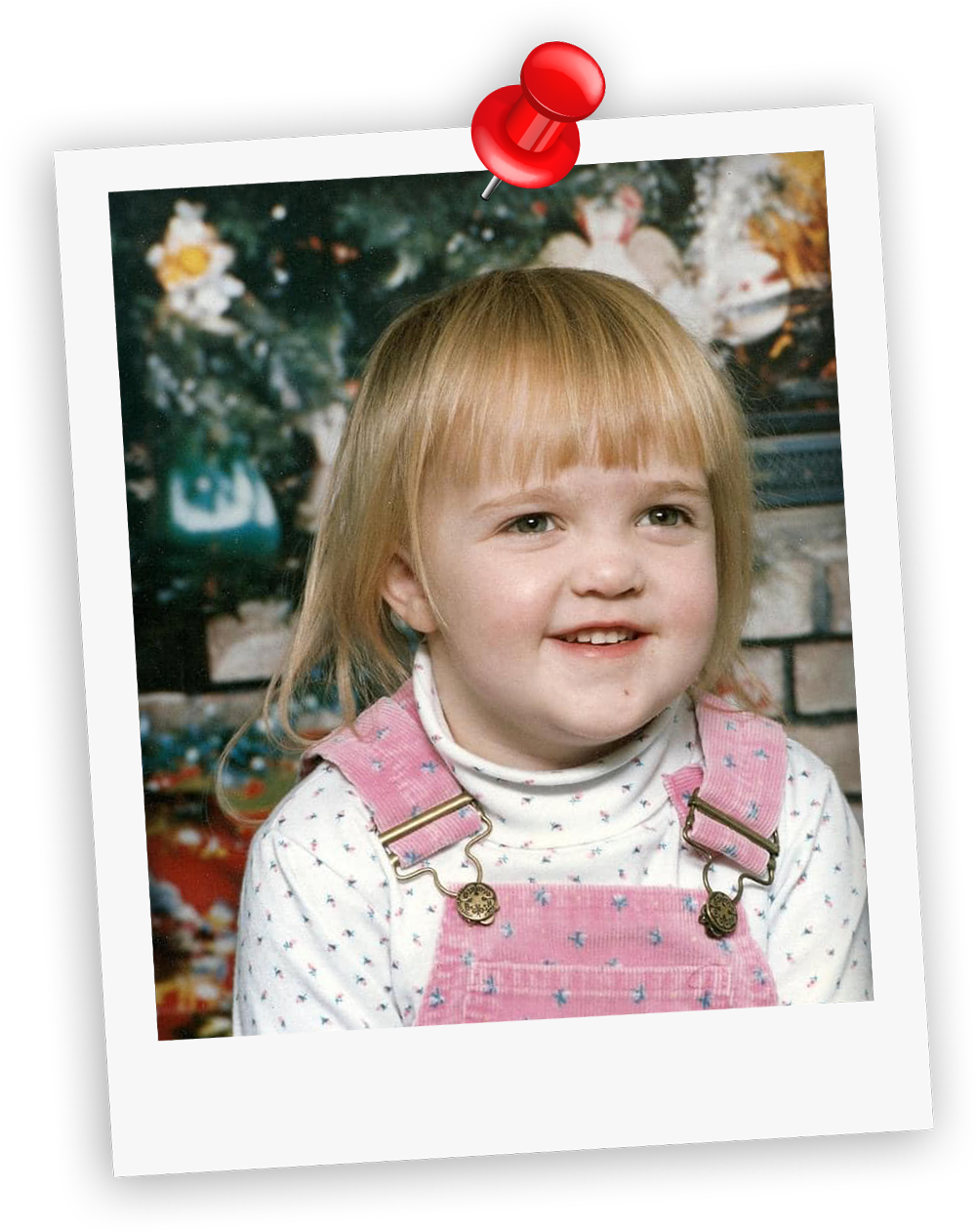
She Said Her Feet Weren’t Listening to Her
When Jessie was in kindergarten, Merlie noticed Jessie’s foot had started turning in, and she was stuttering. Then her fine motor skills began to regress. One day, Jessie complained that her feet weren’t listening to her when she tried to ride her bike.
Merlie and David didn’t understand what was happening to their rambunctious, youngest child.

Over the years, Jessie lost the ability to write and talk. The family sought out therapies and supports—like corrective shoes and speech therapy—and encouraged Jessie to do her best.
“We had a lot of teachers doubting that Jessie needed help,” Merlie recalls. “They thought she was just being a snot, and she didn’t want to do what she was told, and so she acted like she couldn’t. We wanted to get a diagnosis so we could explain what was wrong to the teachers.”


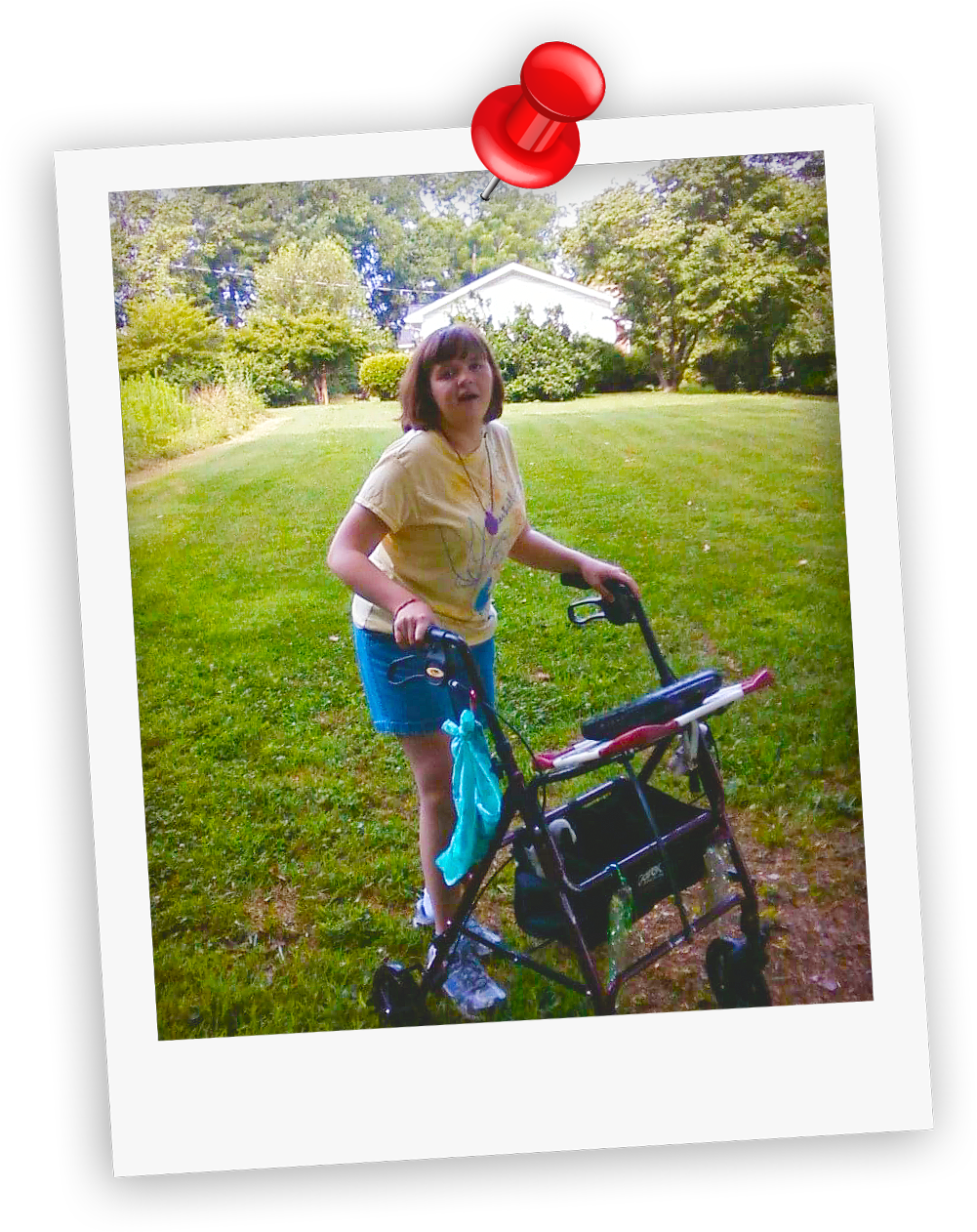
The Long Road to Diagnosis
When people would ask what Jessie had, Merlie would joke, “The doctors say she’s cute, but we don’t know!”
At the age of 11, Jessie was tested for GM1 gangliosidosis (GM1), a rare lysosomal storage disease where the absence of a vital enzyme called beta-galactosidase (GLB1) causes fatty substances to build up in the nerve cells, which damages the brain and spinal cord. There is no cure for GM1, but treatments and therapies can help manage symptoms.
The test came back negative, and the Jackson family continued their search.

They prayed that somebody would be able to diagnose Jessie, prescribe a treatment, and that would be that. Over the years, Jessie was misdiagnosed countless times. Every time Merlie and David would get their hopes up about finding a cure, only to come crashing down again.
The family traveled to the University of North Carolina at Chapel Hill where they met with a researcher who doesn’t typically see patients. He was intrigued by Jessie’s case and did all the tests he could think of, but with no conclusive results.
“He told us it’s obvious that something is wrong, and it’s getting worse,” Merlie says. “He said, ‘As a scientist, there is nothing more I can do other than monitor her. As a dad, I say, don’t give up. Keep searching until you find it.’ So we kept searching.”

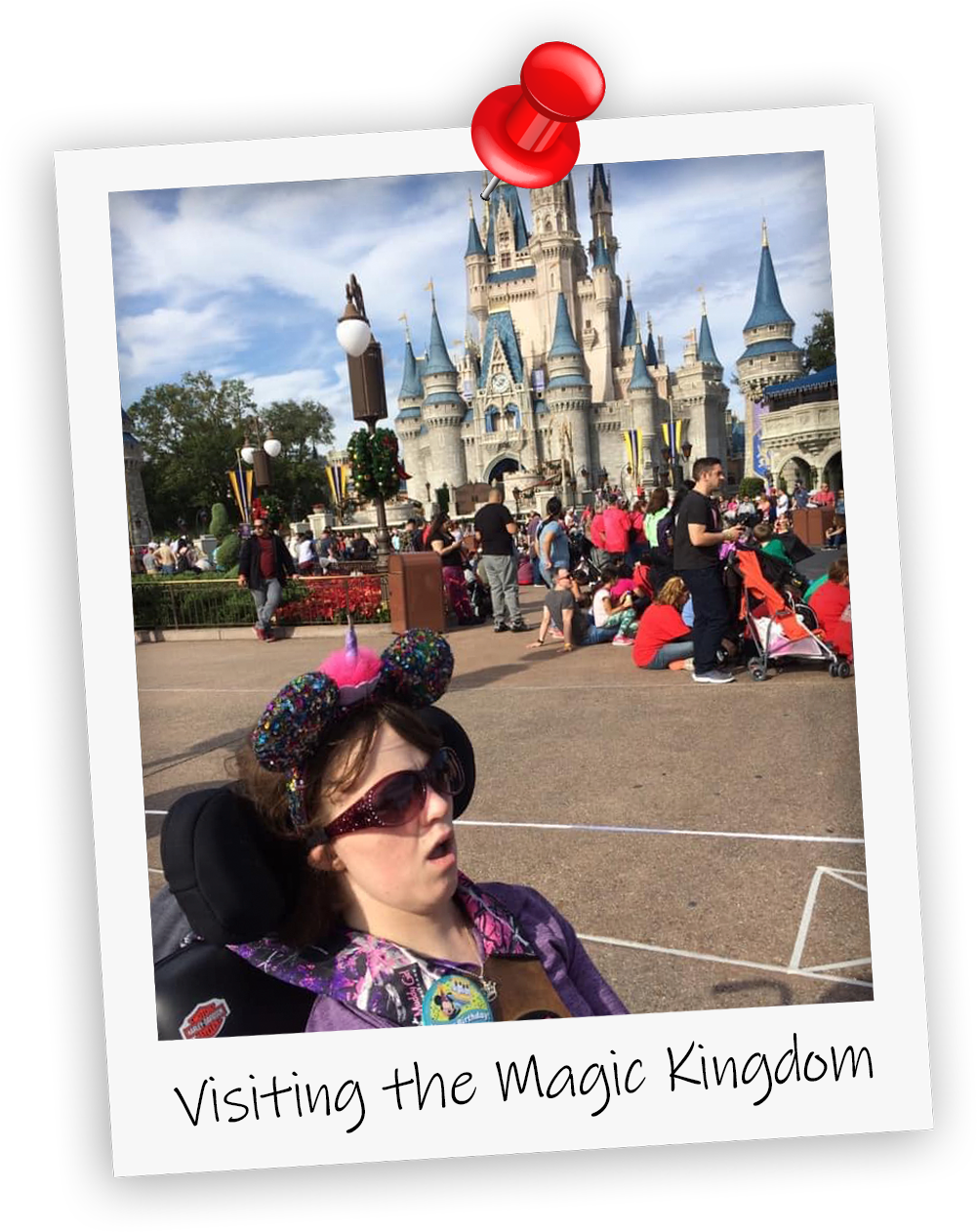
The Undiagnosed Disorders Program
Not long after that, Merlie was waiting for Jessie to finish her speech therapy session. As Merlie flipped through Good Housekeeping in the waiting room, she saw an article about the National Institutes of Health Undiagnosed Disorders Program (UDP).
Merlie tore the page out of the magazine and made an appointment with Jessie’s pediatrician.
“We’ll apply,” said the pediatrician. “But you need to understand that we’re in nowhere North Carolina, and there are thousands of people applying. So please don’t get your hopes up, but we’ll try.”
Eight months later, Jessie was accepted into the program, which includes a week of diagnostic testing and expert consultation performed by a multidisciplinary medical team. As part of the program, they re-tested Jessie for GM1.
At the age of 18, Jessie was diagnosed with GM1. The test she’d had when she was 11 years-old had been faulty.
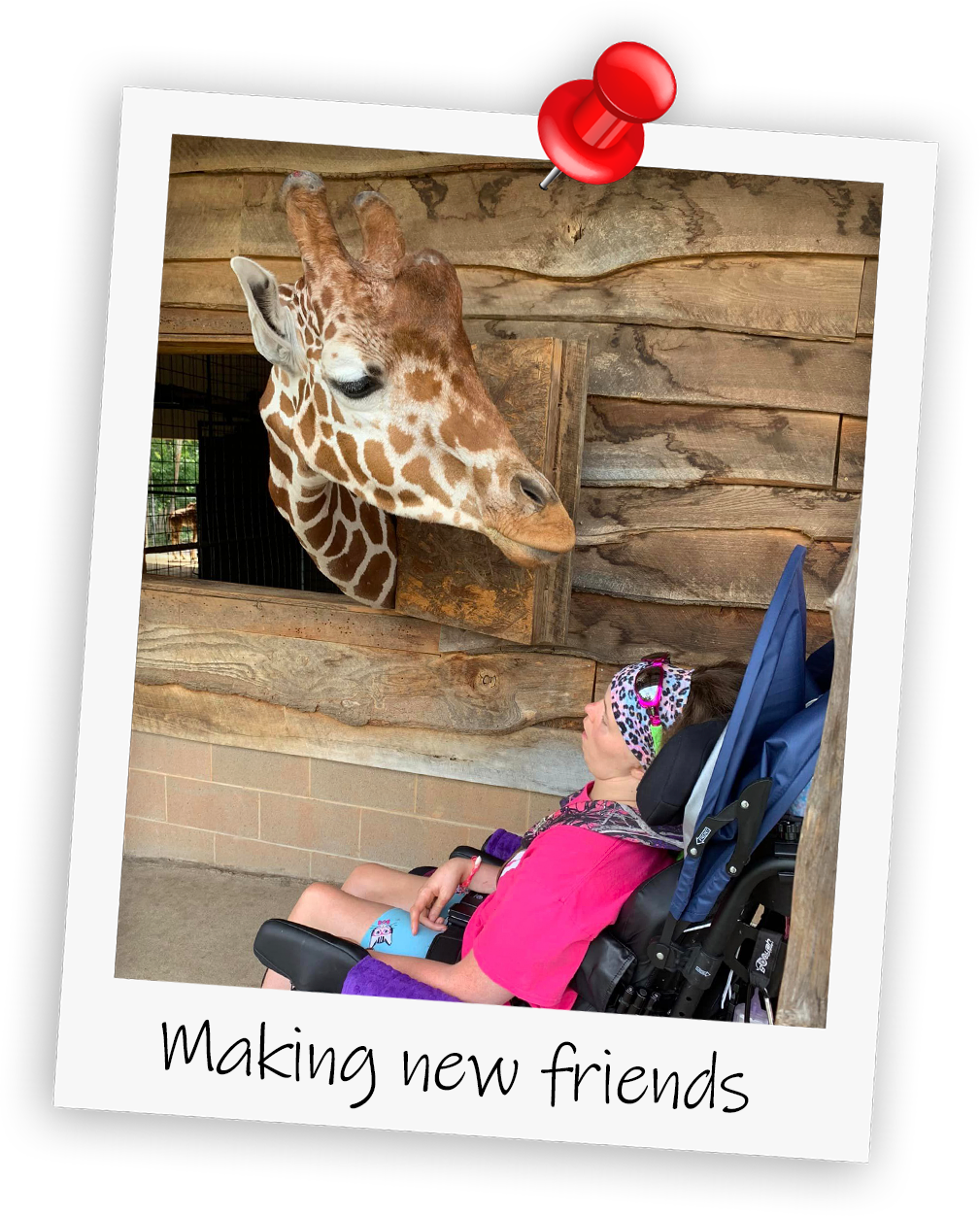

Living Her Life on Her Terms
People often ask Merlie and David if it bothers them that there were seven years that they didn’t know what was wrong with Jessie.
“No, it doesn’t because GM1 does not have a treatment, and GM1 does not have a cure. As parents, if they told us that poor little 11-year-old had it, we would have coddled her and babied her,” says Merlie.
When Jessie was diagnosed, the UDP team said she could expect to live to her early twenties. But Merlie would not accept that. “I told Jessie that nobody has a tag on the bottom of their foot that says, ‘today’s the day you go,’” Merlie says. “Then I cordially invited the doctors to Jessie’s 30th birthday party.”
Twelve years after the diagnosis, Jessie had 150 people singing Happy Birthday to her and presenting a cake on her 30th birthday. Merlie videotaped the moment and sent it to the UDP team.


Finding the NTSAD Community
Once Jessie had a diagnosis, the Jackson family set about finding a community that understands what it means to live with a rare disease.
Merlie found out about the National Tay-Sachs and Allied Diseases Association (NTSAD), which hosts an Annual Family Conference. She, David, and Jessie made plans to attend their first conference, which was scheduled to take place in Orlando, Florida.
“We had no clue what we were getting into when we went to that first conference,” says Merlie. “But everybody was so kind, so welcoming, so knowledgeable. It was like coming home to family.”
Not one to “sugar-coat” the truth, Merlie shared the first conference they attended was overwhelming. As she worked through her own emotions, Merlie also supported Jessie who would often express difficult feelings with a bloodcurdling scream. Merlie remembers spending most of the conference walking with Jessie around the hotel pool. But she never felt like she had to apologize. The members of the NTSAD Community understood what she and Jessie were going through.
“We tell new families that going to their first conference will be the scariest thing they’ve ever done,” says Merlie. “But we guarantee that by Sunday, they’ll be making plans to attend next year. It’s crazy how it happens, but it does!”


Lean on Me
Living with a rare disease can feel very isolating. Oftentimes, when Jessie sees a new doctor or is admitted to the ER, healthcare providers aren’t familiar with GM1. To save them having to Google the disease, Merlie will often share NTSAD resources to educate them.
The Jacksons stay in touch with the NTSAD Community, often checking in to ask questions and share feelings with people who understand. It’s through the Community that Jessie has gotten to know other people experiencing GM1.
“If it wasn’t for NTSAD, Jessie would never have met anybody else with the same disorder she has. And that has to be a very lonely feeling,” says Merlie.
Jessie’s Rally of Hope
Merlie is adamant that people shouldn’t pity Jessie. “It’s her life,” Merlie says. “It’s not the life we planned, but it’s hers, and she has a heck of a life.”
The family runs a yearly fundraiser called Jessie’s Rally of Hope. Held at a local distillery, the event features live music, award-winning BBQ, vendors, and a silent auction. The proceeds of the rally are divided to support NTSAD-funded research and help affected families attend the NTSAD Annual Family Conference and other needs.
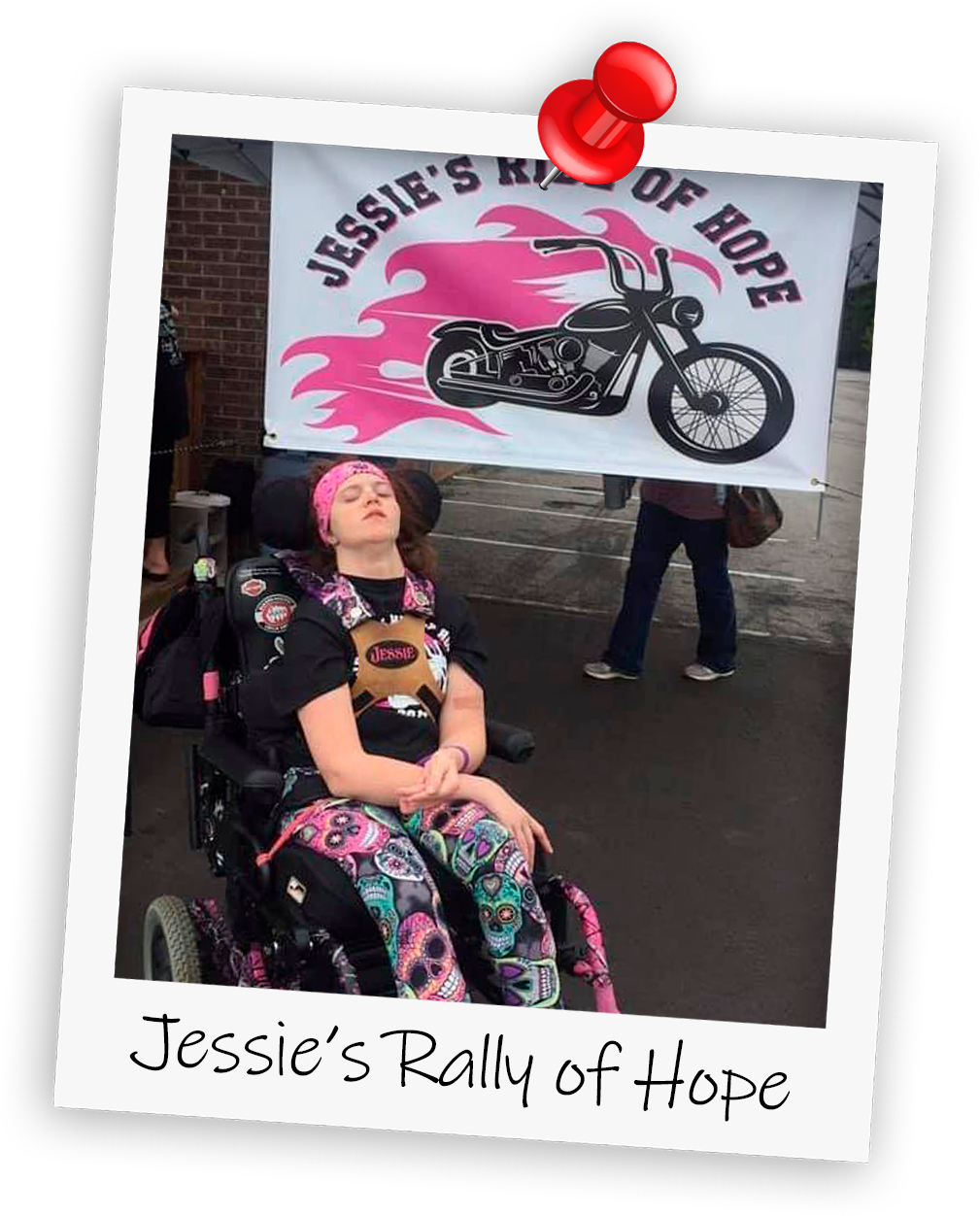

In 2022, the skies opened up during the rally and rain pelted down on the crowd. That year, NTSAD’s CEO Kathy Flynn made a surprise appearance, and danced in the rain with Jessie, Merlie, David, and countless friends and family.
Jessie and the Jacksons won’t let a little rain dampen their spirits.
We Care for Rare
If you’re searching for answers about your child’s health, you are not alone. Trust your instinct, keep pushing for answers, and contact NTSAD’s Family Services team. We’ll provide accurate information on symptoms and diagnostic tools, as well as personal support you can rely on.
If you’re a healthcare provider, please include genetic testing on the top shelf of your diagnostic toolkit. Contact NTSAD’s Family Services team for more information on symptoms and diagnostic tools for GM1 disease.
For more on Jessie, visit the Trucking for Jessie Facebook page that chronicles day-to-day adventures, and shares updates on the rally, other fundraisers, and events.


